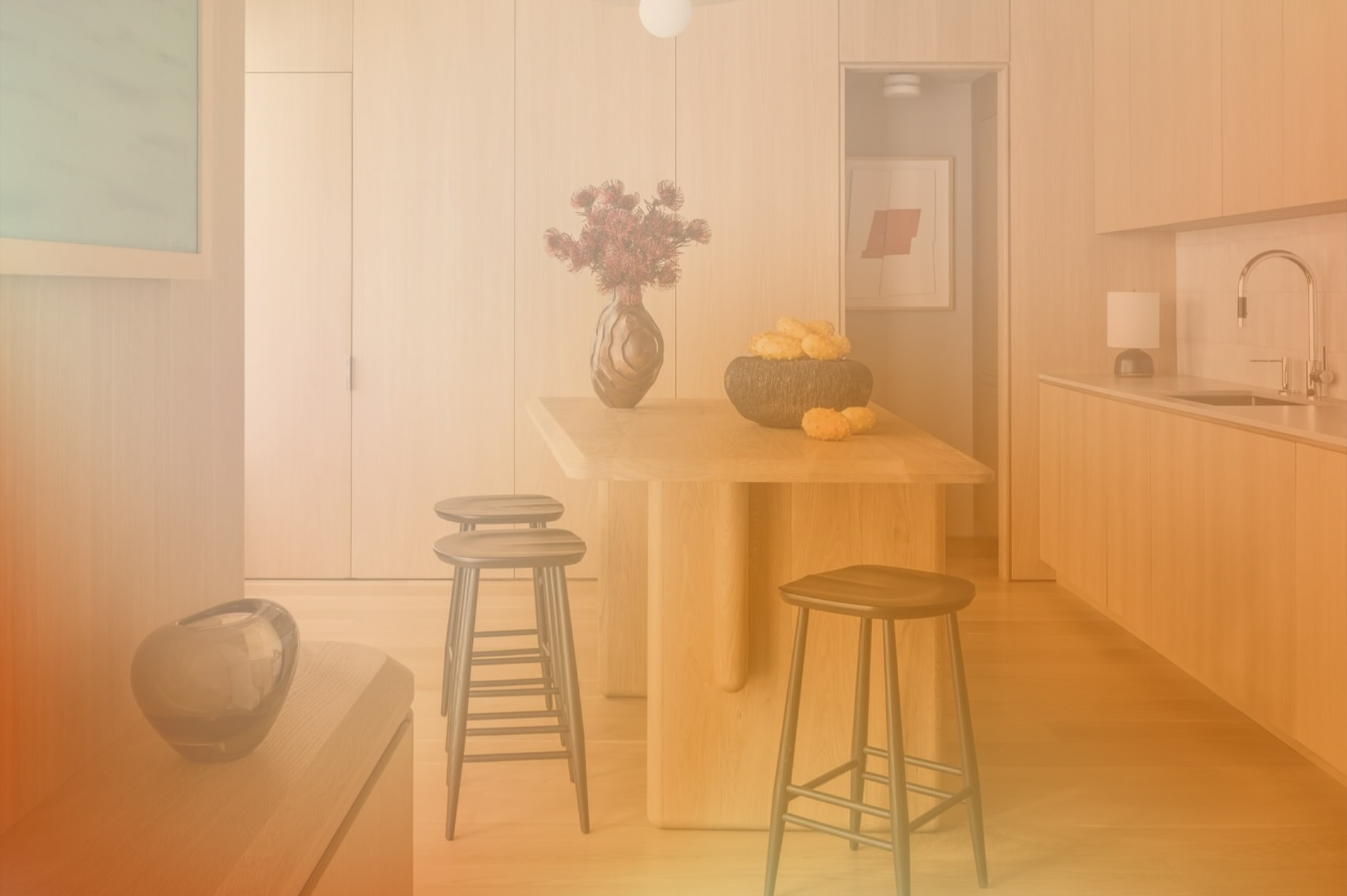This article explores how to strategically leverage your Customer Relationship Management (CRM) data to identify and nurture these top-tier customers through CRM-driven VIP programs. By feeding insights about high-LTV (Lifetime Value) segments into custom audiences, running exclusive "insider" campaigns, and dynamically shifting ad spend, furniture brands can significantly lower their overall Customer Acquisition Cost (CAC) and cultivate a powerful engine of repeat business and referrals.
The Untapped Goldmine: High-LTV Customers
- Higher Purchase Frequency: They're more likely to buy complementary pieces or furnish additional rooms.
- Higher Average Order Value (AOV): Their subsequent purchases are often also high-value.
- Brand Advocates: Satisfied VIPs become powerful word-of-mouth marketers, generating organic referrals.
- Reduced CAC: It's significantly cheaper to retain and upsell an existing customer than to acquire a new one. Loyalty programs and re-engagement campaigns for VIPs yield higher ROAS.
By understanding who these customers are and what drives their loyalty, you can shift your ad spend from a purely acquisition-focused model to one that optimizes for long-term profitability.
The Foundation: Robust CRM and Data Segmentation
The success of any CRM-driven VIP program hinges on accurate and actionable customer data.
- Centralized CRM: Ensure all customer interactions and purchase history (online and offline) are meticulously recorded and unified in a single CRM system (e.g., Salesforce, HubSpot, Zoho, Microsoft Dynamics).
- LTV Segmentation: Develop clear criteria for segmenting your customer base:
- Tier 1 VIPs: Past buyers with high cumulative spend (e.g., $3,000+ or top 5% of spenders), multiple purchases, or specific high-value product category purchases.
- Tier 2 Loyal Customers: Consistent buyers with moderate spend, or those who have made a second purchase.
- One-Time Buyers: Customers who have only made a single purchase, regardless of value, representing potential for growth.
- Identify Key Attributes: Beyond purchase value, track product categories purchased, design preferences, engagement history (email opens, website visits), and communication preferences.
Feeding VIPs into Custom Audiences for Targeted Advertising
This is where CRM data directly fuels performance marketing.
- Custom Audiences (Customer Match):
- Platforms: Google Ads (Customer Match), Meta (Custom Audiences), Pinterest (Customer List), TikTok (Customer Files).
- Process: Export segmented customer lists (e.g., Tier 1 VIPs) from your CRM. These lists typically include hashed email addresses, phone numbers, or other identifiers. Upload them to the respective ad platforms. The platforms match these identifiers to their user base, creating a highly targeted custom audience of your VIPs.
- Frequency: Update these lists regularly (e.g., weekly or monthly) to reflect new VIPs or changes in customer status.
- Lookalike Audiences from VIPs:
- Platforms: Meta, Google, Pinterest, TikTok.
- Process: Once your VIP custom audience is created, use it as a "seed" audience to create lookalike audiences. These platforms' algorithms will find new users who share similar characteristics and behaviors with your existing VIPs.
- Value: This is a powerful acquisition tool. Instead of acquiring any new customer, you're acquiring new customers who are most likely to become high-LTV customers. Shift budget towards these high-quality lookalikes.
Running Exclusive "Insider" Campaigns
Your VIPs should not see the same generic ads as your cold prospects. Their campaigns should feel exclusive, appreciative, and relevant to their status.
- Exclusive Previews & Early Access:
- Campaign Type: Retargeting campaigns specifically for your VIP custom audience.
- Creative: Showcase new collection launches, limited-edition designs, or upcoming sales before they are announced to the general public.
- Copy: Emphasize their "insider" status (e.g., "An Exclusive Look for Our Valued Customers," "VIP Early Access").
- Goal: Drive repeat purchases by making them feel special and providing a perceived advantage.
- Personalized Recommendations & Cross-Sell:
- Campaign Type: Dynamic retargeting combined with CRM data.
- Creative: Ads that display complementary products based on their past purchases (e.g., "Complete your living room with these matching accent chairs" if they bought a sofa).
- Copy: Focus on enhancing their existing space or expanding their collection.
- Goal: Increase AOV of subsequent purchases and grow their total spend.
- Private Sale & Exclusive Offers:
- Campaign Type: Dedicated ad campaigns for VIPs, running on platforms where they are most active (e.g., Meta, email re-engagement).
- Creative: Premium, high-quality visuals.
- Copy: Clearly state the exclusivity of the offer (e.g., "20% Off Your Next Purchase - Exclusive for Our VIPs," "Complimentary White Glove Delivery on Orders Over X for You").
- Goal: Drive immediate repeat purchases.
- Referral Program Promotion:
- Campaign Type: Informational ads or email sequences targeting VIPs.
- Creative: Showcase happy customers (UGC if applicable) and the benefits of the referral program.
- Copy: "Share the style you love. Refer a friend and you both get [Benefit]."
- Goal: Leverage VIP satisfaction to drive organic, low-CAC acquisition.
Shifting Budget Dynamically Toward High-LTV Segments
This is the performance marketing outcome of a CRM-driven VIP program.
- Reduced CAC for VIP Acquisition: By creating lookalike audiences from your highest-LTV segments, you're investing in acquiring customers who are predisposed to become loyal and valuable. Your initial CAC for these specific prospects might be slightly higher, but their projected LTV will make it worthwhile.
- Optimized Retargeting Spend:
- Prioritize VIP Retargeting: Allocate a larger portion of your retargeting budget to VIP segments compared to general website visitors or abandoned carts. The ROAS on these campaigns will likely be significantly higher.
- Reduced "Re-acquisition" Cost: Instead of spending heavily to re-acquire a past customer (who might have dropped off after one purchase), you're efficiently re-engaging your most valuable asset.
- Test & Scale:
- A/B Test Ad Spend Allocation: Experiment with shifting a percentage of your budget from broad acquisition to VIP engagement and VIP lookalike acquisition.
- Monitor ROAS & LTV: Track the Return on Ad Spend (ROAS) specifically for your VIP campaigns. More importantly, monitor the LTV of customers acquired through VIP lookalike campaigns versus general acquisition campaigns. This is the ultimate metric.
- Dynamic Bidding Strategies: Configure your bidding strategies on ad platforms to optimize for value (ROAS or CPA based on LTV), rather than just conversions. This prioritizes spending on audiences likely to generate higher long-term revenue.
By integrating your CRM data deeply into your performance marketing strategy, furniture brands can move beyond a transactional mindset. Identifying, nurturing, and strategically advertising to VIP customers is not just about appreciating loyalty; it's about building a robust, profitable growth engine that significantly lowers overall CAC and maximizes the true lifetime value of every customer.





